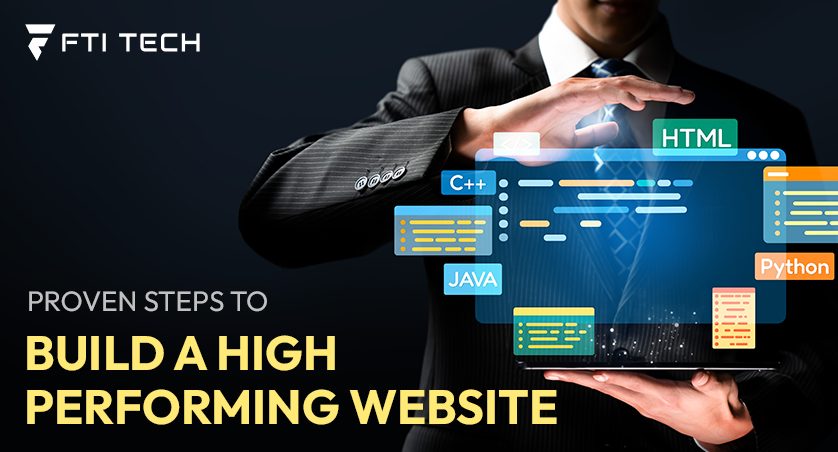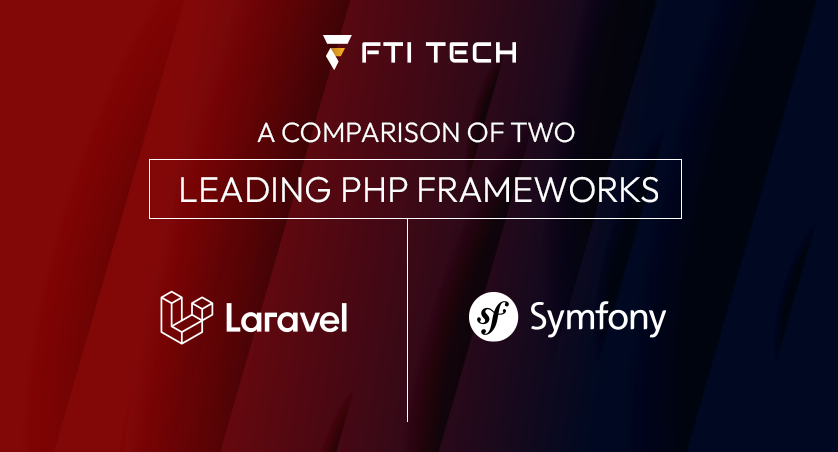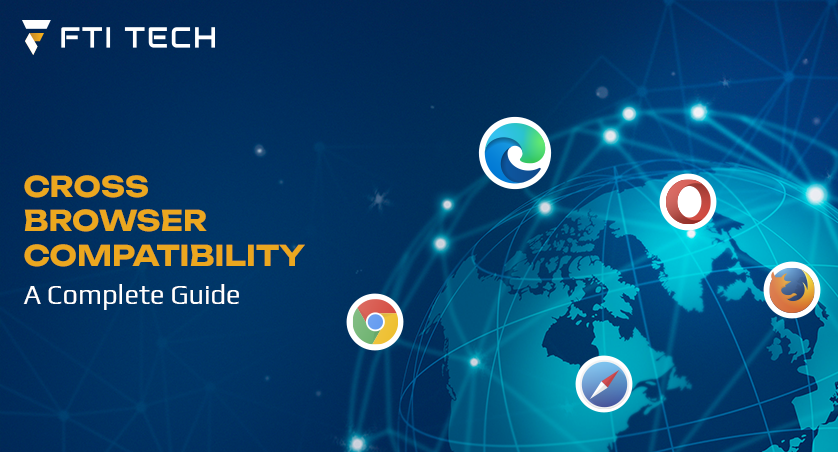6 Smart Steps in Website Development Process for 2025
A new website is created every 3 seconds. So, if you are looking to create one for your business, it makes perfect sense. But how will you compete against every other site that is created so quickly?
The answer is simple! You need strategic website planning. It includes planning for everything, right from requirements analysis to design, development, and launch of the website. Creating an extensive website launch checklist helps ensure your business gains a competitive edge.
If you are a founder of a startup, product marketer, run a business, or in any industry where your online presence can have a direct influence on your growth, understanding the modern web development process is very crucial. Without it, your site becomes just another online placeholder, instead of a powerful tool that drives management, sales, and trust.
This guide will walk you through practical, result-driven six-step process for launching a modern-day website that is fast, secure, and business-oriented.
Step 1 – Discovery & Strategy
If you plan to create a website for your business, the first and most important step is to clearly define the purpose your site will serve. Let us say you are an eCommerce brand, then you will require a web page to sell online. The website will act as a gateway for your customers to interact, discover products, and make purchases. Similarly, you need to define if your website is for lead generation, showcasing the portfolio, or simply a front for customers to connect with your business.
Apart from the goal definitions, you also need strategic website planning. It will help you streamline the entire website development process and ensure better alignment with business goals. Here are some essential strategy tips to follow,
- Identify, segregate, and define the ideal customer profile
- Research for customer pain points
- Find the intent behind customer interactions
- Analyze your competition and identify gaps
- Define the website scope and choose specific pages
- Create a sitemap and development roadmap
Step 2 – Wireframing & UX Design
On the basis of the roadmap, create a website wireframe that would make your site relevant to the core business requirements and yet provide an optimized user experience (UX). The objective of the wireframe should define the structural layout and lead to content placement to make everything visually and textually supporting user travel and conversion objectives.
The content components and the user actions across the interface should be identified and even illustrated. An example here would be a Call-To-Action button (CTA), which needs to explicitly imply a specific action, e.g. downloading content, registering, or buying. It may include other interactive design features, such as forms, navigation menus, sliders, and typography, so as to offer improved usability.
The color scheme that you choose to incorporate in the design of your web page also affects the user experience to a great extent. This is why the pre-planning of such components and addressing a wireframe is instrumental.
Step 3 – UI Design & Content Preparation
Preparation of UI design and content is one of the most crucial phases in website development. Upon organizing the design according to user journey logic, one should have not only a wireframe but also a visual hierarchy that leads users to the desired information.
So, if you want users to download your eBook, you need to design the UI to guide them progressively. This means you need to organize the content through a strategic website design process. You also need to make sure your UI design aligns with the business goals and is responsive. Responsive designs help improve conversion rates by 11%. So, having responsiveness can ensure better ROI.
Here are some tips to follow for your website design process,
- Map your user journey from start to finish.
- Define each interaction touchpoint and optimize.
- Make sure the website design process aligns with interaction touchpoints
- Use more whitespace and a clear design for ease of readability
- Add an easy-to-navigate design flow
- Keep minimal steps between two key touchpoints.
- Enable group-related information using cards for better organization
- Create a mobile-first design that delivers enhanced responsiveness.
Also Read: Web Development Trends 2025: What Businesses Must Prioritize for SEO & UX
Creating a responsive and user-friendly interface takes more than just design, it needs the right planning, tools, and development expertise. At FTI Tech, our Website Development Services help turn your ideas into fast, functional websites built for real business growth.
Step 4 – Development (Frontend + Backend)
After designing a website, the next step is development. The site creation process is usually split into two primary components: the backend and the frontend. The backend is the server portion of the website, handling the logic behind the service, database operation, and overall dynamic abilities of the website. The visual part of any website or app is handled by the frontend. It presents information and data to its end user, and it interacts with the backend systems.
Here are some key technologies that you can use for frontend website development:
- React
- Angular
- Vue.js
- HTML
- CSS
- JavaScript
Similarly, backend technologies you can use for the website development process are:
- PHP
- Java
- C#
- Ruby
- Python
Apart from these technologies, here are some of the key tips to optimize the frontend and backend
- Convert UI designs into static templates with semantic HTML
- Use CSS for styling and JavaScript for interactive features.
- Minimize CSS/JS files and use caching to optimize website speeds
- Connect the frontend with the backend through APIs
- Configure databases for storing user and site data
- Maintain clean code with higher readability
- Incorporate search engine optimization for your website
- Implement HTTPS for SEO and a secure connection
- Choose a hosting service provider with reliable services
- Register a domain name, integrate SSL certificates, and configure server settings
- Regularly update CMS, plugins and server
But the key thing is that the process of creating a site is continuous and iterative. After you have entirely developed your site, ensure that you test your site before launching.
Step 5 – Testing & Launch
Testing your site is essential to make sure that no bugs or other errors are encountered by the user. You must test the site across major browsers and devices to achieve cross-browser compatibility. A key aspect of your website launch checklist must be the functionality and user experience testing.
It allows you not just to understand how UI behaves when users interact, but also helps in understanding how elements like buttons, forms, and menus work.
Once you have tested the website, conduct other key testing approaches like,
- User acceptance testing, where real users can use your website and give feedback.
- Test the web core vitals of the site with Google Lighthouse or PageSpeed Insights.
- Add UTM parameters and other tracking codes for key analytics.
- Ensure that robust backups for the website are in place.
- Create a soft launch strategy and release the site to a limited audience first.
- Once your site has been thoroughly tested, proceed with a full launch.
Step 6 – Post-Launch Maintenance & Optimization
Launching your website does not mean that the whole process is completed. It is a loop that involves constant watching, periodic changes, and protection for the site.
Here are some tips to follow,
- Keep your CMS, plugins, and themes updated regularly, and check for security vulnerabilities along with a test.
- Follow your site performance by using Google Analytics and compare it with the industry benchmarks.
- Find the bugs, errors, and weaknesses to be able to fix them on time
- Do A/B testing of the various changes in the layout, CTAs, and content to be certain that you have more conversions.
Once you launch your site, your site will still need regular updates, performance tracking, and uptime monitoring. FTI tech provides custom support plans so you can focus on your business as we take care of the backend.
Wrapping It Up
Every website differs from another; there is not any one universal method to build a website. The process will never be the same, site-to-site and business-to-business, based on the delivery of specific goals, functionality, and user needs. Building one needs planning, the right tools, and a clear process from start to finish.
If you want to create a scalable, secure, and conversion-friendly website, FTI Tech can help you. Our team has extensive experience, a proven framework, and constant support to ensure that your digital presence generates actual results. Contact our team today and build a smarter, faster, and result oriented website today.



